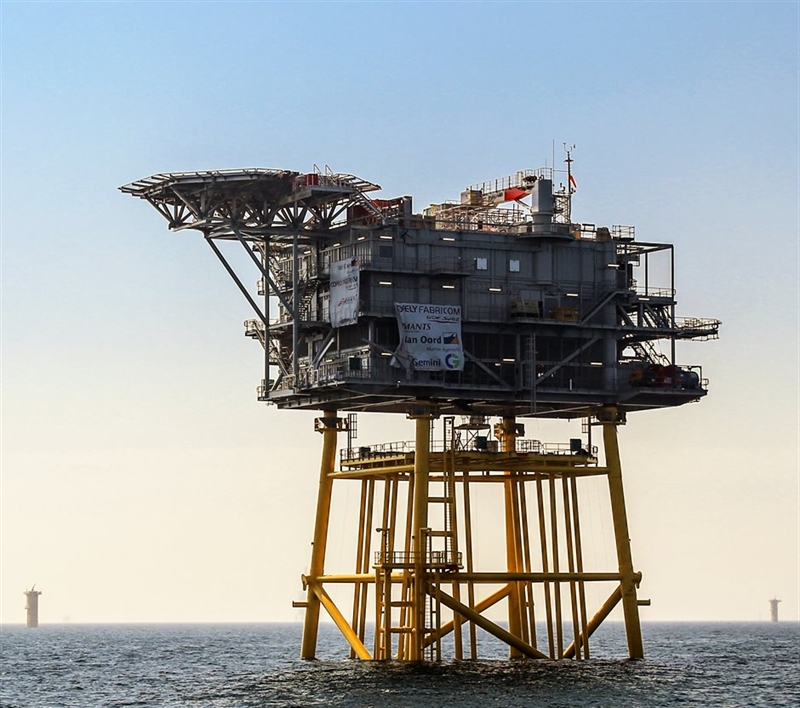Spatial policy framework
Dutch North-Sea policy, which forms part of the North Sea Programme 2022 - 2027, applies to the entire Dutch section of the North Sea, with the exception of a few specific areas. In other words, this concerns the territorial sea (up to 12 nautical miles from the baseline), plus the waters outside this area up to the extent of the Dutch Exclusive Economic Zone (EEZ). In the area outside the 12-nautical mile zone, the Netherlands has more restricted jurisdiction than over its 'own territory', the territorial sea.
Specific areas
The specific areas to which an exemption applies are the coastal area from the baseline (low-water line), stretching out to a line 1 kilometre from the coast, the Wadden Sea, the Ems-Dollart and the Eastern and Western Scheldt.
The zone up to one kilometre from the coast falls under the administrative responsibility of a municipality and province. National government does have responsibility in that zone (up to the leeward edge of the dune or dike) for water quality, quantity and hydrological engineering management of the water works. In terms of policy, however, these duties fall outside the North Sea Programme 2022 - 2027.
The Ems-Dollart and the Western Scheldt are designated as transitional waters under the terms of the Marine Strategy Framework Directive (MSFD); the Wadden Sea and the Eastern Scheldt are designated as coastal waters under the terms of the Fisheries Act. These waters fall neither under the scope of the North Sea Programme, nor under the Maritime Spatial Planning and Maritime Strategy Framework Directive (MSFD) incorporated therein. Policy in this respect is formulated in the National Water Programme 2022-2027.
Marine Spatial Planning
Over the past few decades there has been increased demand for more coherent analysis, organisation and control of human activity in marine areas from governments around the world. The reasoning for this is to strike a good balance between ecological, economic and social objectives. The Marine Spatial Planning Framework Directive arose from this at European level. This EU directive obliges member states to draft a marine spatial plan.
For the Netherlands, the North Sea Program is also our maritime spatial plan. The North Sea Program as part of the National Water Program is established under the responsibility of the Minister of Infrastructure and Water Management, the Minister of Agriculture, Fisheries, Food Security and Nature, and the State Secretary for Agriculture, Fisheries, Food Security and Nature, the Minister of Housing and Spatial Planning, in agreement with the Minister for Climate and Green Growth.
Dutch Marine Spatial Plan
The Marine Spatial Plan (incorporated into the North Sea Programme 2022-2027) is based on consultation with the countries of the North Sea with which the Netherlands shares EEZ borders. The plan must be updated once every ten years. In consultation with neighbouring countries, the Dutch Marine Spatial Plan must promote sustainable development of the offshore energy sectors, sea transport, sea fisheries and aquacultures, doing so in a manner that also contributes to the protection and the recovery of the marine environment.
This primarily concerns the use of space, the positioning and the mutual interactions of areas for aquaculture, shipping routes and maritime traffic flows, wind farms, areas for oil and gas recovery, and mineral extraction, CO2 storage, Ministry of Defence exercises, underwater cultural heritage, research and - not least - the space taken up by nature protection areas and areas which may be designated as such in future.
Structural vision
Not all functions are possible in all sites. Some are mutually exclusive, while synergy between functions is also a possibility in the case of shared use of the same space. To be able to exert influence in that permanent puzzle from the angle of the policy outlines the national government has developed a structural vision for the North Sea. This has been incorporated in the National Water Programme 2022-2027 (NWP) in the form of Structural Vision map. For all functions, the map shows areas in which they may be carried out. Other activities may not hinder such use. Where more than one activity of national importance wishes or is able to use the same area, the government shall endeavour to use the space in a combined, efficient way where possible. 'Rules of engagement' have also been agreed on how to deal with potential conflicts between activities of national importance (in this context, see also 'Trade-off matrix' under the 'Management' section).
